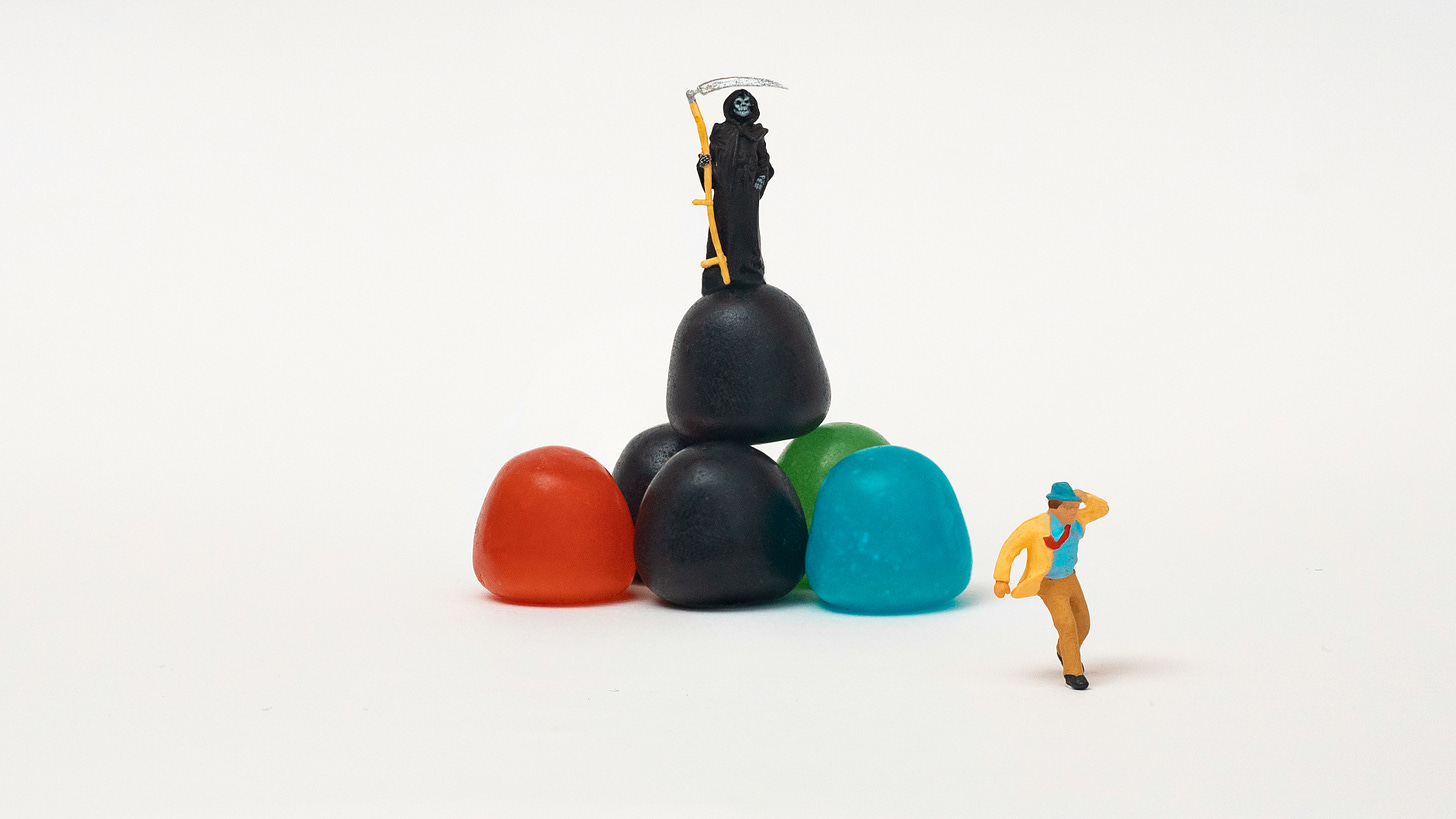
I used to think whenever I started something new, be it a blog or a podcast, that a weekly cadence was the way to go. In all fairness, I had a lot of success doing it that way—#SPRINTORDIE Radio was a hit several years ago—and publishing an episode or newsletter once per week is by no means wrong, or less right than other frequencies.
But now, as an older, hopefully more mature man, I know hitting the PUBLISH button once every seven days no longer suffices. It doesn’t work as well for me. And more importantly, it doesn’t work as well for those I serve—folks like yourself. I’m retraining myself to get into the habit of pushing, dare I say content, every day.
Here’s why.
“A Big Deal.”
I went to Arizona in the spring of 2022 for a month. The nicer weather down there allows the outdoor season to start earlier than in Michigan, where I reside. There were four meets in four weeks I wanted to run in, so I did.
During a block-start workout with friend, Cody Bidlow, he told me his approach to getting into the blocks goes against the grain of what we typically see from the world’s best—especially now during the 2024 Olympics.
“I just get in the blocks,” Cody said. “I don’t mess around and take my time. I think if we have this whole step-by-step process when it comes to getting into the blocks, then it becomes—” he made air-quotes with his hands, then continued. “‘A big deal’ and that can negatively affect your start.”
Two-years later, that has stuck with me. Not just with block-starts, but with becoming a full-time writer as well. I don’t know about you, but sticking to a weekly cadence on newsletters and podcasts can lead to me making it a big deal. Which as we all know, can lead to overthinking and over-preparation—euphemisms for self-sabotage.
When you do something everyday, you’re less apt to ruin your content and more likely to routinize it because it’s not a big deal.
Table Topics
One year later, in the spring of 2023, I won the Toastmasters International District 62 Table Topics Championship.
Table Topics is extemporaneous, i.e. on-the-spot, public speaking.
Here’s how it works.
The Contest Chair asks you a completely random question you neither knew beforehand nor had time to prepare for.
After the question has been posed, you have ten-seconds to think, then you better start talking or you’re disqualified.
You then deliver an on-the-spot, shooting-from-the-hip speech, lasting at least sixty-seconds but no longer than two-and-a-half-minutes.
Newsflash: that’s the direction content is going these days, in case you haven’t noticed. Which is why no one watches The News anymore. It’s too scripted, rehearsed, and robotic.
Posting content everyday leads to less preparation, yes. But it also leads to authenticity—something audiences are pining for—because you can’t prepare or rehearse who you really are. You’re you. You’re a real person, not a robot.
Your audience appreciates that.
PS - Try extemporaneous speaking, it’s a riot.
Make it Micro
Derek Hansen was the coach who helped me transform from powerlifter-to-sprinter. One of his approaches when it comes to introducing sprinting to the general population as well as NFL offseason programs is his concept of micro-dosing.
Micro-dosing for sprinting is a rabbit-hole I could dig so deep I’d fail to climb out of, so I’ll keep it rather surface level. The gist of micro-dosing when it comes to sprinting is:
Keep each sprint to ten-meters.
This is a safety precaution. There’s less lengthening of the hamstring when sprinting ten-meters or less, which prevents hamstring strains. Almost everyone can book it for ten-meters, whether you’re a world-class athlete or an armchair quarterback.
Keep each sprint to eighty-to-ninety percent intensity, at least in the beginning.
Often times, submaximal efforts, (eighty-to-ninety-percent intensity) lead to faster times. Why? Sprinting isn’t about effort, it’s about rhythm and relaxation. The lower intensities help you let go and get into flow.
Keep the volume low; each set is ten reps of ten-meters, (100m per set) and no more than three-sets initially.
If you bite off more than you can chew, you’re going to pay for it. Keeping today’s workout extremely brief will allow you to repeat it tomorrow, and the next day, and so on.
You can see where I’m going with this when it comes to content.
Your ten-meter sprint might be one post on all social media platforms. Anyone can do that, regardless of following-size or experience.
Relax. It’s content for crying out loud. Don’t overthink it. It’s not a big deal. Let go and create your Canva post, write your blog, shoot that video.
What takes less energy to write? A newsletter 200-words in length, or 1000?
Moral of the story? When it comes to content, micro-dosing is the way to go.
Wrapping Up
Why do we say “pay attention”?
Because people pay with their attention.
In today’s fast-paced world of algorithms and information inundation, attention of your audience is what you’re fighting for. It’s the ultimate currency for content-creators.
So how do you capture and then keep your audience’s attention?
Hit that PUBLISH button everyday, and you do that by making it micro, homie.

